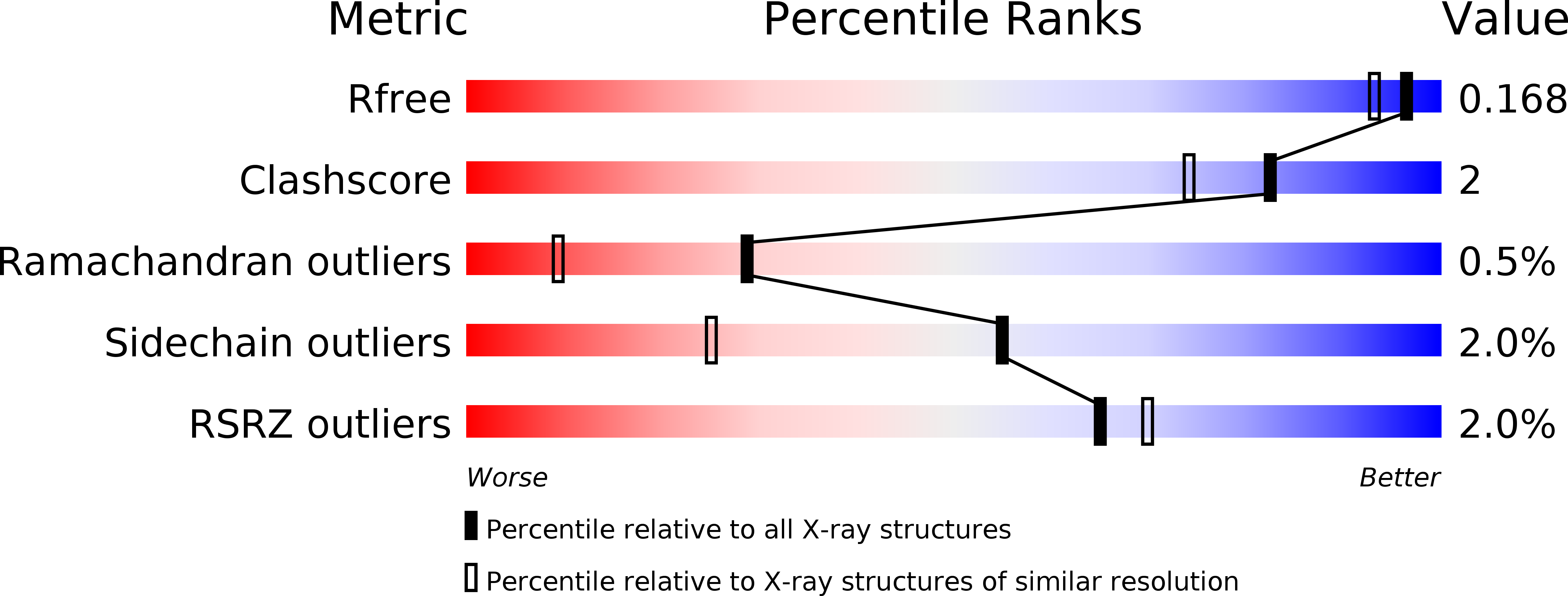
Deposition Date
2013-11-25
Release Date
2014-08-06
Last Version Date
2024-10-09
Entry Detail
PDB ID:
3WMT
Keywords:
Title:
Crystal structure of feruloyl esterase B from Aspergillus oryzae
Biological Source:
Source Organism:
Aspergillus oryzae (Taxon ID: 510516)
Host Organism:
Method Details:
Experimental Method:
Resolution:
1.50 Å
R-Value Free:
0.16
R-Value Work:
0.14
R-Value Observed:
0.14
Space Group:
P 21 21 2


